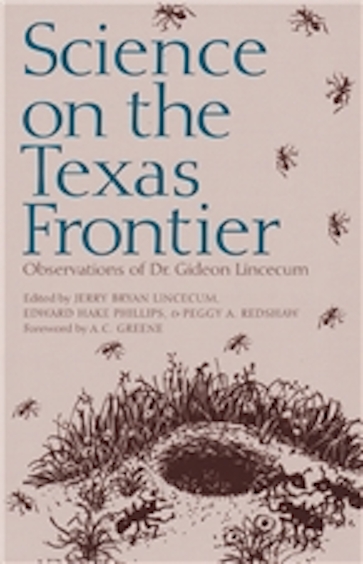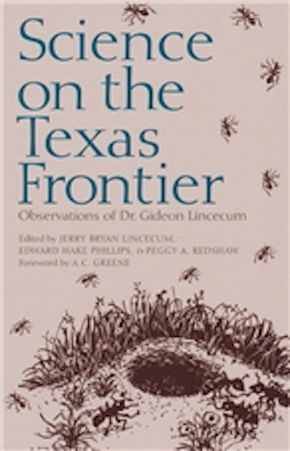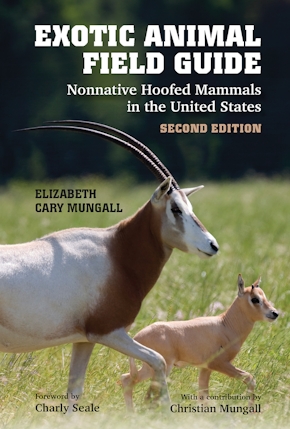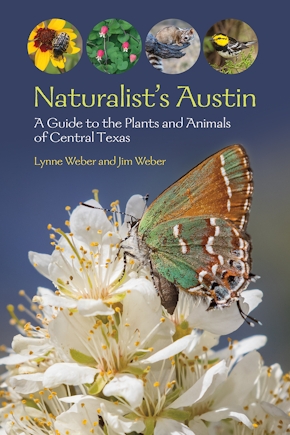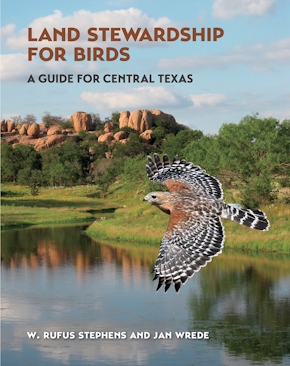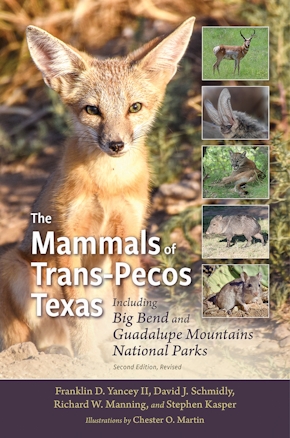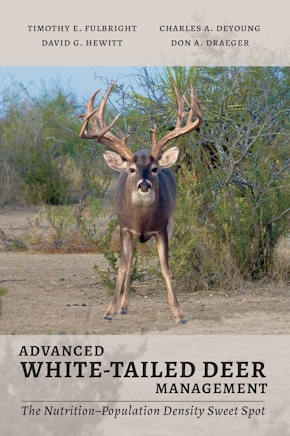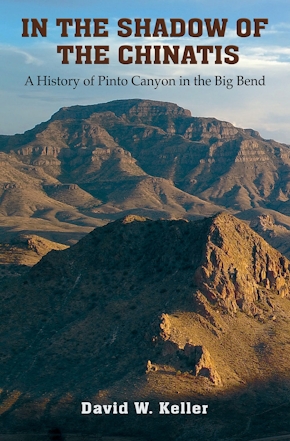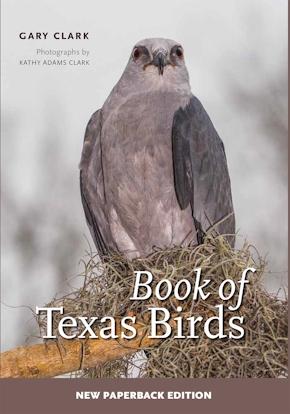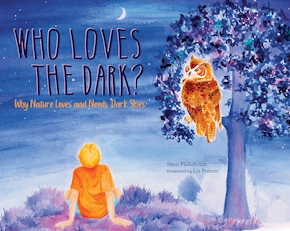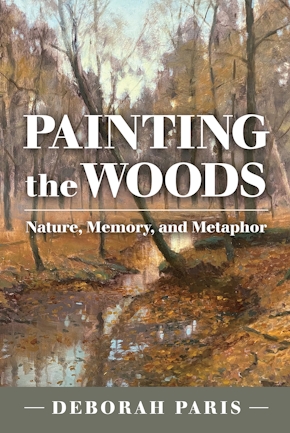Edward O. Wilson has described Dr. Gideon Lincecum as "an American original, expansive passionate, and prone to make science out of what he could see with his own eyes. His life illuminates an important era, and mood, in Texas history, and he ranks as one of America's major pioneering naturalists." A most remarkable man who found himself ill at ease in "polite and fashionable society," Lincecum preferred to keep company with "kindred forms, my brother emmets and my sister worms," observing and studying nature on the nineteenth-century Texas frontier. With almost no formal education, he nevertheless reported his observations of the natural world in richly detailed letters sent to leading contemporary scientists--such as Charles Darwin, Spencer Baird, Joseph Henry, and Elias Durand--and in essays published in both popular and scientific journals. His writings were typically marked by humor and wit, as he opted for an unorthodox approach in his scientific investigations, often arriving at startling conclusions. Gathered together here for the first time are selections from Lincecum's letters and other scientific writings, placed in context and ordered to provide a narrative account of this frontier naturalist's twenty-five-year investigation of Texas fauna, flora, landscape, and weather. From the mysterious qualities of native plants, both medicinal and poisonous, to the fearsome rapidity of the blue norther, turning summer to winter along the plains in a frigid instant, Gideon recorded what he saw and experienced in the wilds of the Texas frontier. His reports at times gave rise to controversy: his anthropomorphic observations of ants, attributing to the insects humanlike social and agricultural skills--a theory he made known in a letter to Darwin--is still referred to as the "Lincecum myth." Despite the debate that raged around some of his findings, he is considered one of the most important early American scientists. An expert on Texas grasses, he was consulted by farmers across the region interested in the best native grasses for their cattle. His interest in Texas grapes led to the naming of a bush grape, Vitis Lincecumii, for him. Little in the natural world escaped Gideon's attention and comment. Beautifully illustrated by Betsy Warren, his letters and other writings about many facets of Texas'--and, later, Mexico's--natural history remain informative to the modern reader, as well as delightful reading. Science on the Texas Frontier represents a significant contribution to the history of science in America during the middle nineteenth century and will be of great interest to natural historians and scientists, conservationists and environmentalists, as well as lovers of Texana and general readers fascinated with Western and scientific history
About the Author
Jerry Bryan Lincecum, professor of English at Austin CollegeEdward Hake Phillips, professor emeritus of history at Austin CollegePeggy A. Redshaw, professor of biology at Austin College
